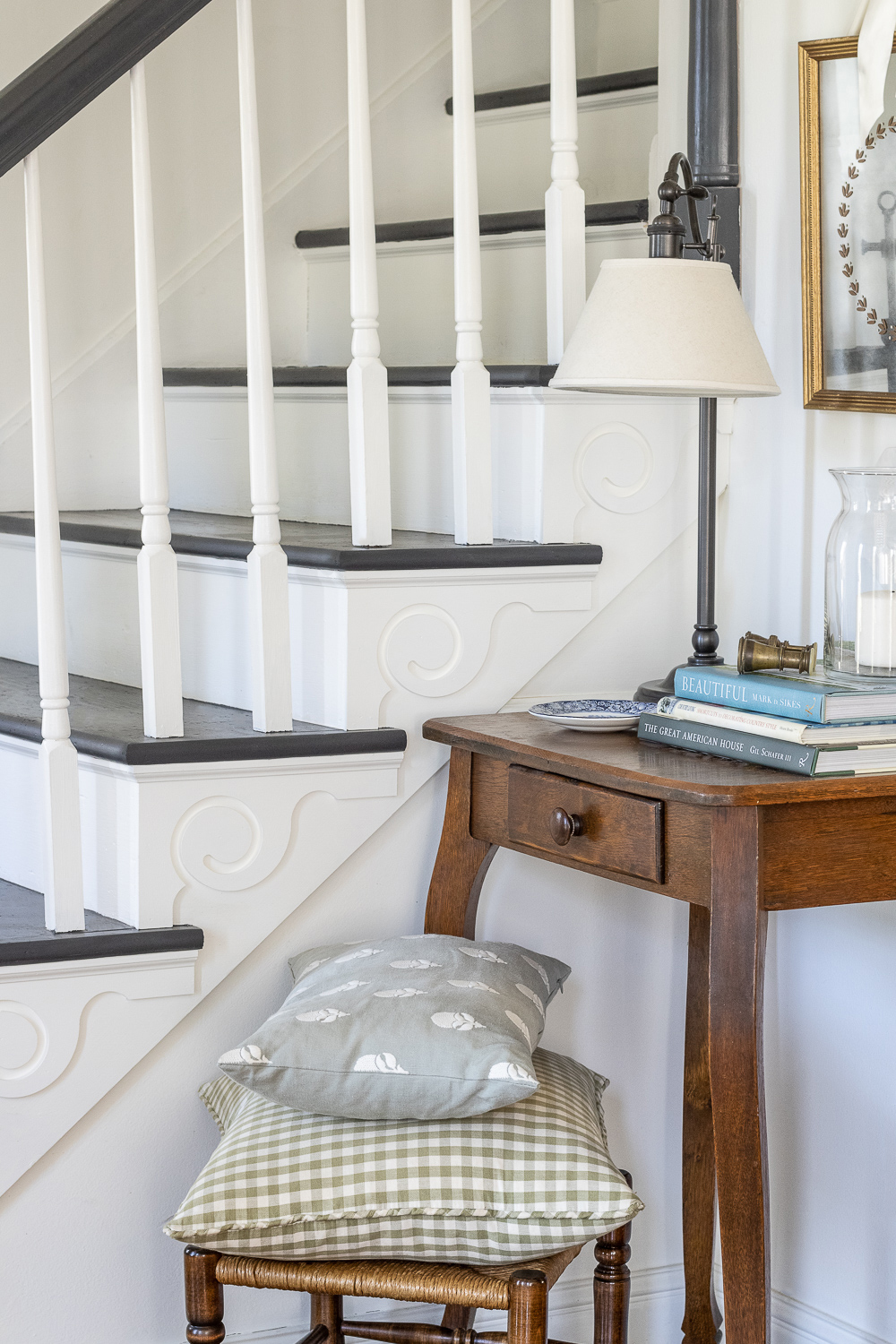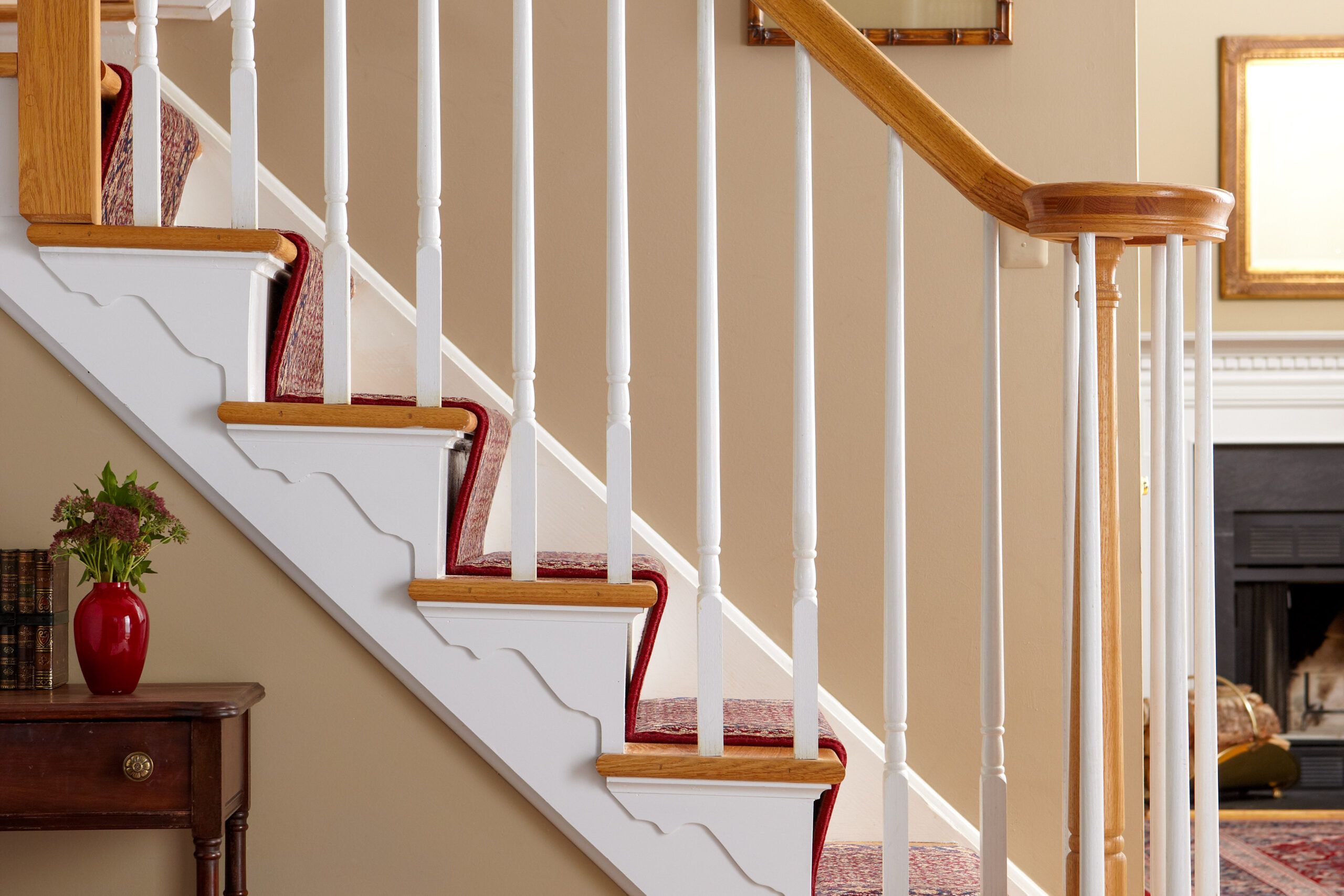Introduction
Stair brackets may not be the first thing that comes to mind when thinking about home decor, but these small yet impactful elements can dramatically transform your staircase’s aesthetic appeal. From adding a touch of elegance to providing functional support, decorative stair brackets have evolved into a must-have accessory for modern interiors. In this guide, we will dive deep into the world of decorative stair brackets and explore how to choose the right ones for your home.
What are Decorative Stair Brackets?
Decorative stair brackets are architectural elements that support the ends of stair treads. They come in various styles, materials, and finishes, and can enhance both the visual and structural aspects of your staircase.
Why Choose Decorative Stair Brackets?
Incorporating decorative stair brackets into your staircase design can elevate your home’s overall appeal. Here are some reasons to consider:
- Enhances Aesthetics: Brackets can be an artistic feature that brings character and charm.
- Offers Support: Provides additional sturdiness to stair treads, ensuring safety.
- Customizable: Available in various styles that can complement any home decor theme.
Types of Decorative Stair Brackets
1. Wood Stair Brackets
Wooden brackets are classic and timeless. They can be stained or painted to match your staircase.
2. Metal Stair Brackets
Metal brackets offer a modern and industrial look. They are durable and often feature intricate designs.

3. Resin Stair Brackets
Resin brackets can mimic the look of wood or metal while being lightweight and weather-resistant.
4. Glass Stair Brackets
For a contemporary style, glass brackets provide a unique twist, offering transparency and lightness.

Materials Used in Stair Brackets
Wood
Common woods used are oak, pine, and maple. They are often chosen for their natural beauty and ease of customization.
Metal
Materials such as wrought iron and aluminum are popular for their strength and modern appeal.

Plastic/Resin
Lightweight and resistant to moisture, they can be a great choice for outdoor settings.
Glass
Typically used in modern designs, glass offers a sleek look that can make spaces feel larger.

Choosing the Right Decorative Stair Brackets
Consider Your Interior Style
Your home’s overall aesthetic should dictate the choice of brackets. For instance, vintage homes pair well with ornate wooden brackets, while minimalist spaces suit sleek metallic ones.
Size and Scale
Select brackets that are proportionate to your stairs. Oversized brackets can overwhelm a small staircase, while tiny brackets may look lost on a grand staircase.

Color and Finish
Choose colors and finishes that complement your existing decor. Don’t hesitate to mix materials but ensure they harmonize.
Installation Process for Decorative Stair Brackets
Installing stair brackets is a straightforward DIY project. Here’s how to do it:
Tools Required
- Drill
- Screwdriver
- Measuring tape
- Level
- Pencil

Steps to Install
- Measure the height and width where the bracket will be mounted.
- Mark the locations where screws will go, ensuring they align with the studs in the wall.
- Drill pilot holes for the screws.
- Attach the brackets using screws, double-checking that they are level.
- Repeat for all brackets, spacing them evenly.
Comparison of Popular Stair Bracket Styles
| Style | Material | Typical Use | Pros | Cons |
|---|---|---|---|---|
| Traditional | Wood | Classic homes | Warmth, Customizable | Can warp with moisture |
| Modern | Metal | Contemporary homes | Durable, Stylish | Can be cold in appearance |
| Rustic | Reclaimed wood | Cottages, Farmhouses | Unique patterns, Eco-friendly | May require maintenance |
| Industrial | Wrought Iron | Lofts, Modern spaces | Sturdy, Bold designs | Heavy, Installation may require tools |
Pros and Cons of Decorative Stair Brackets
Pros
- Adds elegance and style
- Increases property value
- Provides structural support
- Available in diverse designs
Cons
- May require maintenance depending on material
- Installation can be complicated for some styles
- Cost can vary significantly based on design and material
Frequently Asked Questions (FAQs)
What are the best materials for stair brackets?
Wood, metal, and resin are popular choices. Your selection should depend on your home’s style and the desired durability.
How do I clean and maintain stair brackets?
Regular dusting and occasional polishing (for wood and metal) can keep your brackets looking fresh. Ensure to check for any damages periodically.
Are decorative stair brackets necessary for safety?
While they add aesthetic value, they also provide crucial support. Ensure proper installation to enhance safety.
Can I paint or stain my stair brackets?
Absolutely! Customizing the color of your brackets can help them match your decor while adding a personal touch.
Conclusion
Decorative stair brackets are a fantastic way to enhance the beauty and functionality of your staircase. Choosing the right style, material, and finish can make a significant difference in your home’s aesthetic appeal. Whether you’re a DIY enthusiast or prefer hiring a professional, these brackets are worth considering for your next home improvement project. With a little creativity and effort, your staircase can become a stunning focal point in your home.